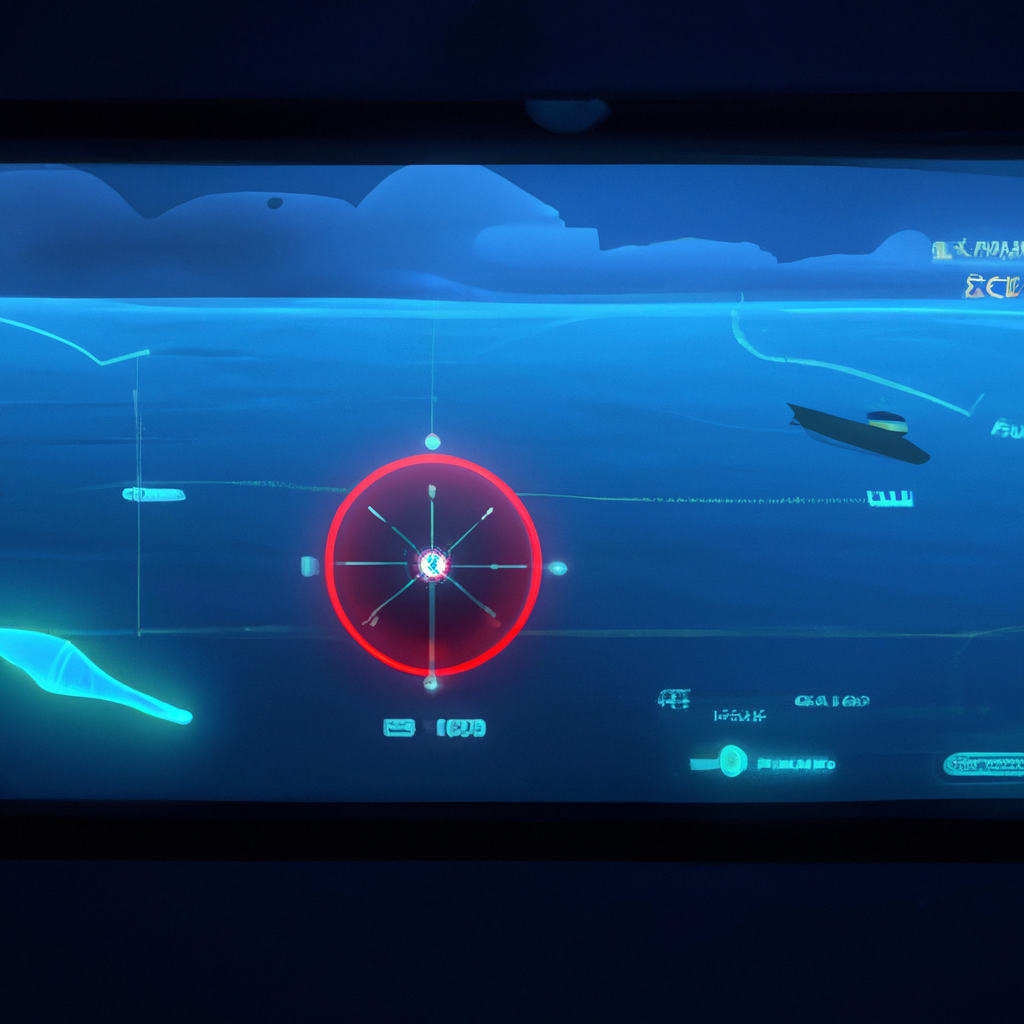Submarine Navigation: How it Works
Submarine navigation is an essential aspect of modern marine navigation. Submarines operate underwater and must navigate through the dark and deep oceans, where there are no landmarks or signs to guide them. So, how does submarine navigation work? In this article, we will explore the technology behind submarine navigation, including sonar technology, ocean navigation, and submarine technology.
Ocean Navigation
Before we delve into the technology behind submarine navigation, let’s first understand the basics of ocean navigation. Ocean navigation involves determining a vessel’s position, course, and speed. In the past, sailors used the stars, the sun, and landmarks to navigate the oceans. However, these methods are not suitable for submarines, which operate underwater.
Submarine Technology
Submarines use advanced technology to navigate through the oceans. They are equipped with a variety of navigation systems, including internal guidance systems and external guidance systems. Internal guidance systems use sensors to detect the submarine’s position, depth, and speed. External guidance systems use sonar technology to detect the submarine’s surroundings.
Sonar Technology
Sonar technology is one of the most critical components of submarine navigation. Sonar stands for Sound Navigation And Ranging. It works by emitting sound waves, which bounce off objects in the water and return to the submarine’s sonar system. The submarine’s sonar system then analyzes the sound waves to determine the distance, size, and shape of the objects.
The sonar system can differentiate between different types of objects, such as fish, rocks, and ships. It can also detect the ocean floor and underwater terrain. The sonar system can be used to create a three-dimensional map of the submarine’s surroundings, allowing the crew to navigate through the ocean with ease.
One of the challenges of using sonar technology is that sound waves travel at different speeds through water, depending on temperature, salinity, and pressure. Therefore, the sonar system must account for these variables to accurately determine the distance and location of objects in the water.
In addition to sonar technology, submarines also use other navigation systems, such as GPS and inertial navigation systems. GPS works by using satellites to determine the submarine’s location. Inertial navigation systems use accelerometers and gyroscopes to detect the submarine’s movement and calculate its position.
Conclusion
In conclusion, submarine navigation is a complex and challenging process that requires advanced technology and skilled operators. Submarines use a variety of navigation systems, including sonar technology, GPS, and inertial navigation systems, to navigate through the oceans. Sonar technology is one of the most important components of submarine navigation, as it allows the crew to detect the submarine’s surroundings and navigate through the water with ease. With the advancements in submarine technology, submarines can now navigate through the oceans with greater accuracy and safety, making them an essential tool for modern marine navigation.







